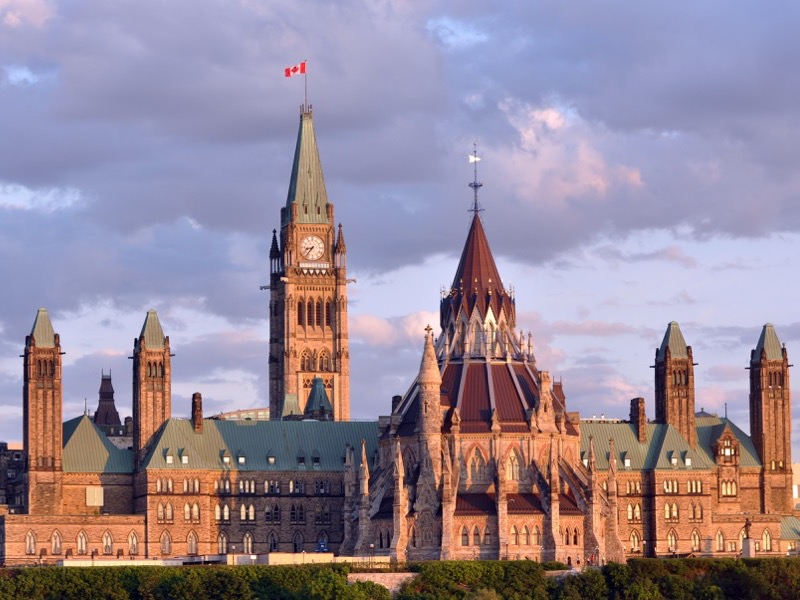
When the Trudeau government acknowledged in early March that the 2021 federal budget would be late this year, the pandemic was blamed.
The pandemic is certainly part of the reason we will have to wait until mid-April at the earliest for the first federal budget in two years. But Covid-19 can’t take all the blame. The Liberals would have to be crazy not to be timing their budget around a possible June election.
Finance Minister Crystia Freeland gave us a clue the budget would not be in March when she announced a series of virtual townhalls — really glorified focus groups — that ran until mid-February. In the short term, the Liberals have retained their strength in the polls. Justin Trudeau is shaking off criticism over the delivery of vaccines as supply increases.
So a budget in April or May would be ideal for a government planning an election in June — or at least keeping that option open.
The NDP has announced in advance it will support the 2021 budget, which removes the threat of a non-confidence vote. And the Conservatives are too busy figuring out who they are to be a threat to anyone.
Thanks to Covid-19, big government is fashionable again, as are stimulus budgets. Freeland used the fall economic statement in November to front-load a deficit of $400 billion — or 20% of GDP — and $100 billion in stimulus spending over three years, and the public accepted those numbers easily. So did financial markets.
Several international financial institutions like the IMF and OECD have said governments should err on the side of more rather than less with pandemic recovery spending. And it won’t be too hard for the Liberals to plant a message of “Re-elect us and make sure you get all this stimulus” with millennials and Generation Z voters.
The immediate prospects of the budget being a political success before an election are very good, especially with the economy showing signs of renewed growth.
But in the long term, the government must win the confidence of financial markets, CEOs, economists and all those other annoying people who insist on things like fiscal anchors and realistic projections. Criticism from this crowd can have an effect on public confidence, so the Liberals will have to come up with a credible plan.
When the Liberals took office in 2015, Canada’s fiscal anchor was a balanced budget. But the Liberals were able to deftly change the fiscal anchor before the 2019 election to a low debt-to-GDP ratio — the lowest in the G7, as they continually reminded us.
Now, the federal debt-to-GDP has ballooned from 31% in 2019 to 50.7% at the end of 2020. So much for that fiscal anchor.
Fiscal anchors may be economist jargon, but they are important. When Canadians are no longer preoccupied with public health and start thinking more about public finances, a fiscal anchor — or lack of one — could be a major political issue.
Fiscal anchors are needed to maintain the confidence of lenders and global markets, as well as a positive business ecosystem. And, of course, the federal treasury has to have the capacity to handle an unforeseen crisis — like, say, a pandemic.
In its fall economic outlook, Bennett Jones LLP suggested the new fiscal anchor in the medium term could be limiting the costs of servicing federal debt to no more than 10% of government revenues. The current federal debt-service ratio is 7.4%.
This ratio will probably become the new fiscal anchor to get us through the pandemic recovery. But keeping it within 10% will mean holding spending down in the long term without amazingly robust growth and continued low inflation.
The balance of this decade is going to be interesting. The Liberals may now be in the best of times politically but in the worst of times after the pandemic, depending on growth and inflation.
The 2021 budget stands to be part of a short-term success that could include the Liberals’ re-election with a majority. But long term, this budget could be the beginning of the end of the Trudeau government through no fault of its own — especially if the Conservatives can finally get their act together.
Canada must modernize financial legislation
Opinion: Failure to adapt risks leaving the nation behind